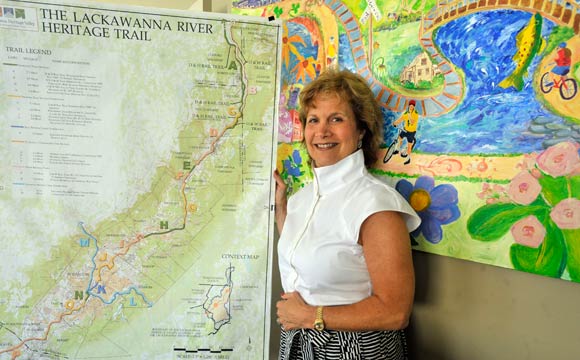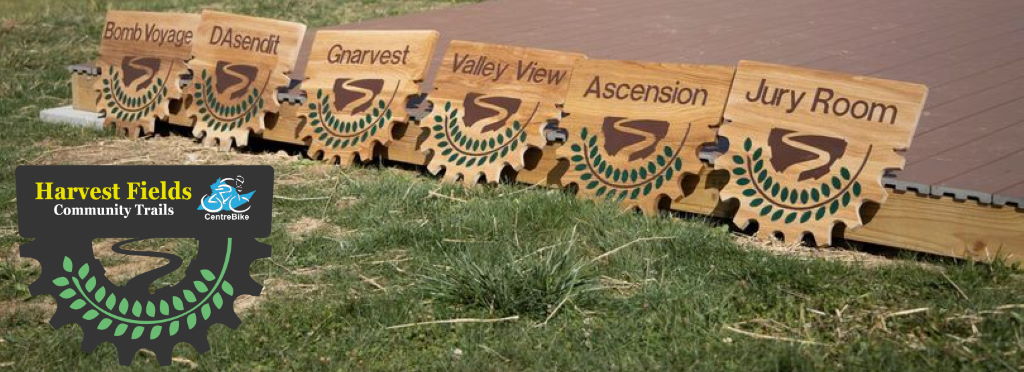PA Rail Trails are an economic driver

According to the Pennsylvania Department of Conservation and Natural Resources, Pennsylvania has more rail-to-trail projects than any other state. Those 138 trails average about 10 miles each, but the state also hosts the first stretch of the longest multi-use trail in the country: the Great Allegheny Passage runs from Pittsburgh to Cumberland, Maryland, where it meets the C&O Towpath Trail to Washington, DC, for a total of 335 miles of person-powered travel.
Read the full story here: https://www.keystoneedge.com/2011/08/04/the-long-and-winding-road-trails-an-economic-driver-in-pa/

